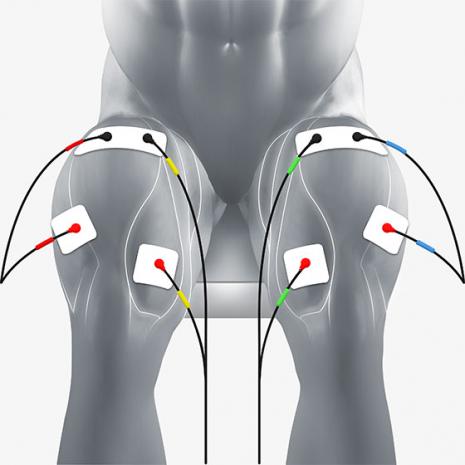
Breaking News
 IT'S OVER: Banks Tap Fed for $17 BILLION as Silver Shorts Implode
IT'S OVER: Banks Tap Fed for $17 BILLION as Silver Shorts Implode
SEMI-NEWS/SEMI-SATIRE: December 28, 2025 Edition
 China Will Close the Semiconductor Gap After EUV Lithography Breakthrough
China Will Close the Semiconductor Gap After EUV Lithography Breakthrough
 The Five Big Lies of Vaccinology
The Five Big Lies of Vaccinology
Top Tech News
 EngineAI T800: Born to Disrupt! #EngineAI #robotics #newtechnology #newproduct
EngineAI T800: Born to Disrupt! #EngineAI #robotics #newtechnology #newproduct
 This Silicon Anode Breakthrough Could Mark A Turning Point For EV Batteries [Update]
This Silicon Anode Breakthrough Could Mark A Turning Point For EV Batteries [Update]
 Travel gadget promises to dry and iron your clothes – totally hands-free
Travel gadget promises to dry and iron your clothes – totally hands-free
 Perfect Aircrete, Kitchen Ingredients.
Perfect Aircrete, Kitchen Ingredients.
 Futuristic pixel-raising display lets you feel what's onscreen
Futuristic pixel-raising display lets you feel what's onscreen
 Cutting-Edge Facility Generates Pure Water and Hydrogen Fuel from Seawater for Mere Pennies
Cutting-Edge Facility Generates Pure Water and Hydrogen Fuel from Seawater for Mere Pennies
 This tiny dev board is packed with features for ambitious makers
This tiny dev board is packed with features for ambitious makers
 Scientists Discover Gel to Regrow Tooth Enamel
Scientists Discover Gel to Regrow Tooth Enamel
 Vitamin C and Dandelion Root Killing Cancer Cells -- as Former CDC Director Calls for COVID-19...
Vitamin C and Dandelion Root Killing Cancer Cells -- as Former CDC Director Calls for COVID-19...
 Galactic Brain: US firm plans space-based data centers, power grid to challenge China
Galactic Brain: US firm plans space-based data centers, power grid to challenge China
Washable conductive clothing monitors muscle activity

Although traditional electrodes do provide accurate readings, they can be both expensive and uncomfortable, plus they may fall off as the wearer moves around – the latter is definitely an issue if you're trying to monitor an athlete's performance.
Seeking a cheaper, comfier and more reliable alternative, a team led by the University of Utah's Prof. Huanan Zhang started by depositing a microscopic layer of silver onto ordinary cotton/polyester-blend fabric.
Although silver is electrically conductive, it can also be toxic to human skin. For that reason, the team added a similarly thin and flexible layer of gold to the silver. Doing so not only kept the silver from contacting the wearer directly, but it also increased the material's overall conductivity. And while a thicker layer of nothing but gold would also work, combining it with less-expensive silver helps keep costs down below those of conventional electrodes.
In a test of the technology, the silver/gold coating was applied to select areas of a compression sleeve. That sleeve was then placed on a volunteer's forearm, plus electrical wires were run from the coated areas of the garment to a portable electromyography device.
When the person subsequently performed different actions, the sleeve accurately detected the electrical signals produced by their forearm muscles as they contracted. Additionally, the coated areas retained their functionality after the sleeve had gone through 15 wash cycles in an ordinary washing machine.



